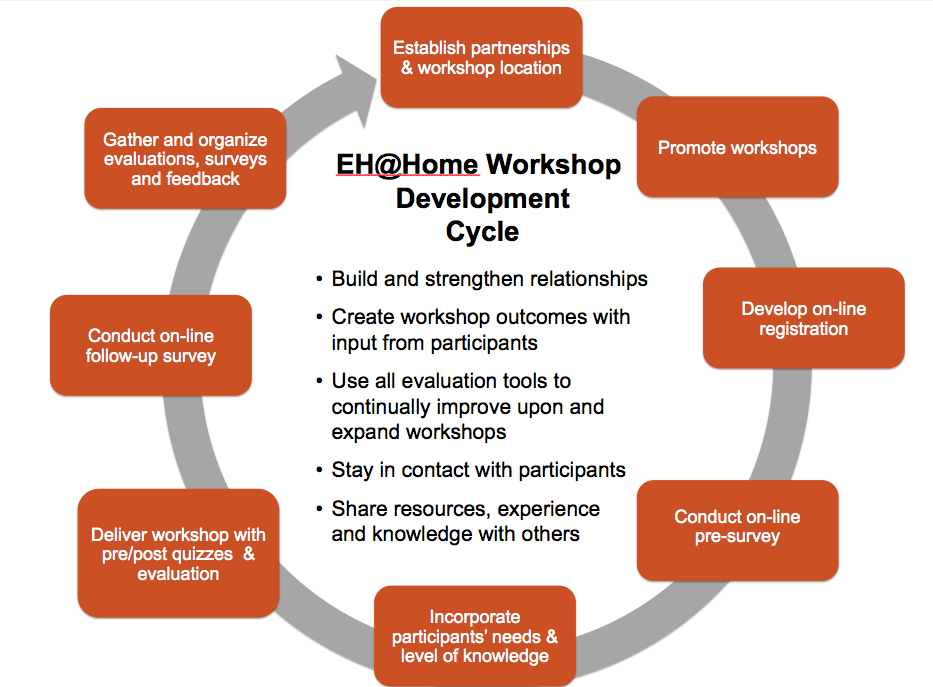It’s the day after Halloween. Raise your hand if you would rather have stayed home watching a movie cuddled up on the couch eating leftover candy. What would make today better than that here at work…..Sharing some cool ideas.
I continually think about how our Community Outreach and Education Program can make a difference here on campus with students. One of our specialties is podcasting. In July 2008, I wrote on
Lessons from Student Podcasting. There is much more now that has been done in this area.
To give you some idea, I have posted six ISTE NETS (National Educational Technology Standards) for Students. The same benefits come to adult learners. When students produce podcasts, there is:
- Creativity and Innovation: Students demonstrate creative thinking, construct knowledge, and develop innovative products and processes using technology.
- Communication and Collaboration: Students use digital media and environments to communicate and work collaboratively, including at a distance, to support individual learning and contribute to the learning of others.
- Research and Information Fluency: Students apply digital tools to gather, evaluate, and use information.
- Critical Thinking, Problem Solving, and Decision Making: Students use critical thinking skills to plan and conduct research, manage projects, solve problems, and make informed decisions using appropriate digital tools and resources.
- Digital Citizenship: Students understand human, cultural, and societal issues related to technology and practice legal and ethical behavior.
- Technology Operations and Concepts: Students demonstrate a sound understanding of technology concepts, systems, and operations.
Now it is easy to include video production for students with Flip Cameras and iPhones, and not just audio podcasting. My idea is to c0-facilitate a class for students in which they create and produce a product that can make a difference for others around health. We can help them take their final product to communities via the web.
My latest idea came this morning when I read the Spare Change Blog on Social Marketing and since the author Nedra shows her Delicious Bookmarks (thanks!), I made my way to the article on Ideas for a Flip Camera Virtual Scavenger Hunt with clear instructions for students.
Why not…
- Have student’s work in teams of two
- Allow them to choose a topic that interests them with Thematic categories relevant to the course. The brainstorming process and working as a team to come up with a topic is a worthwhile process.
- Allow them to use a FlipCam or Digital Audio Recorder
- Create a Scavenger Hunt in which they find, record, and explain or interview specific events, items, or roles of people on campus or within the community, OR
- Take the topic and create a product for the EHSC web site that will be worthwhile to others on the topic of environmental health
Ok, back to “Monday Gladness”.





